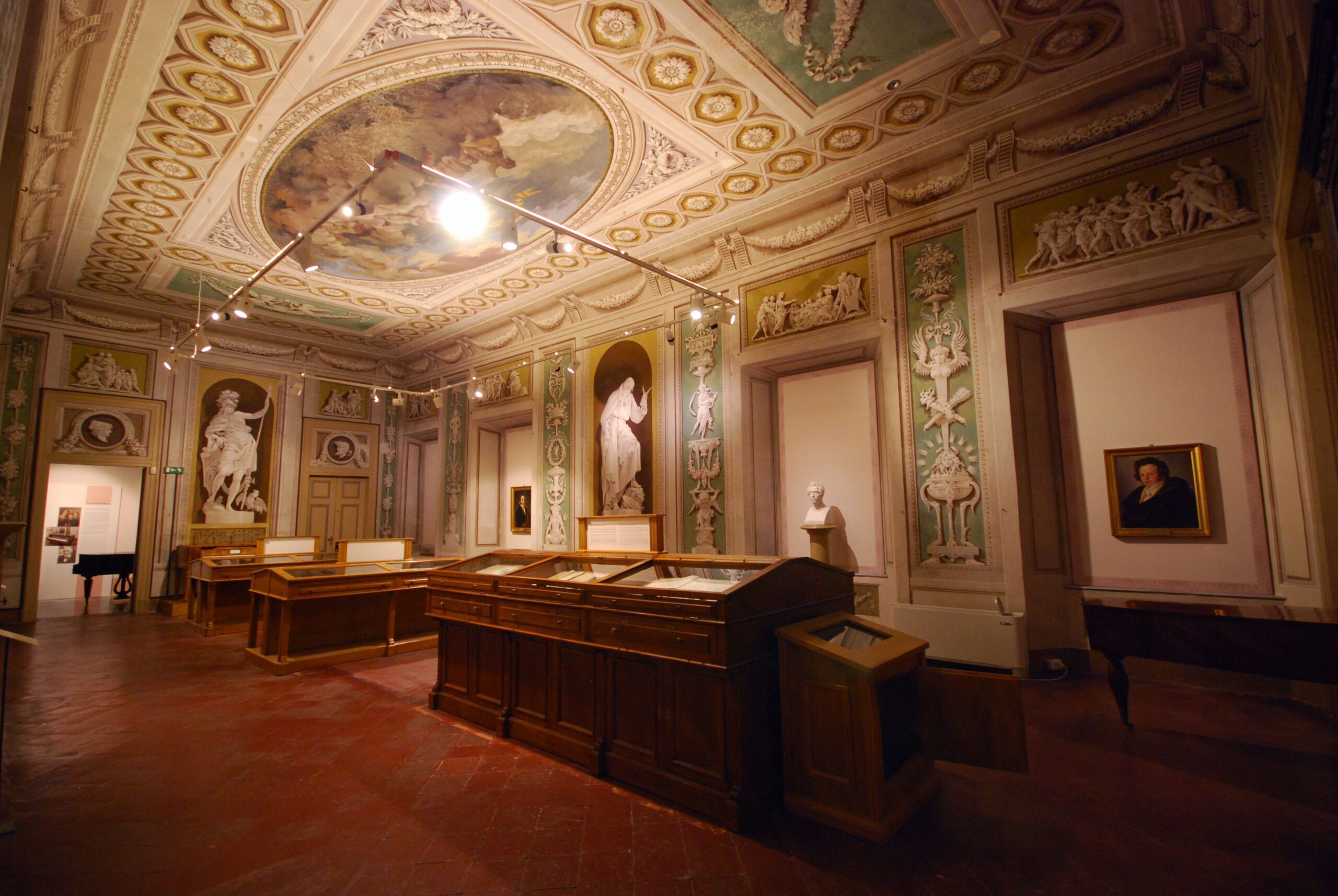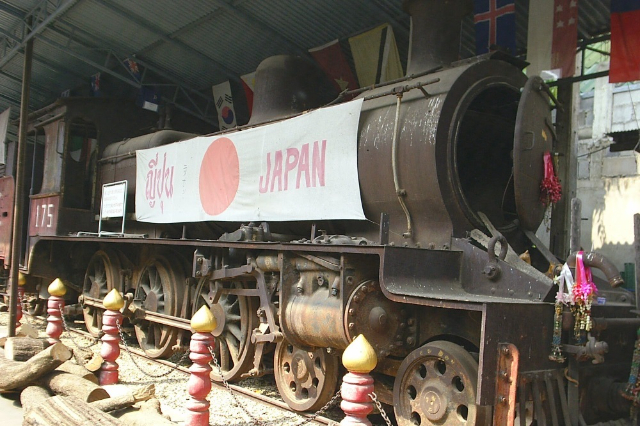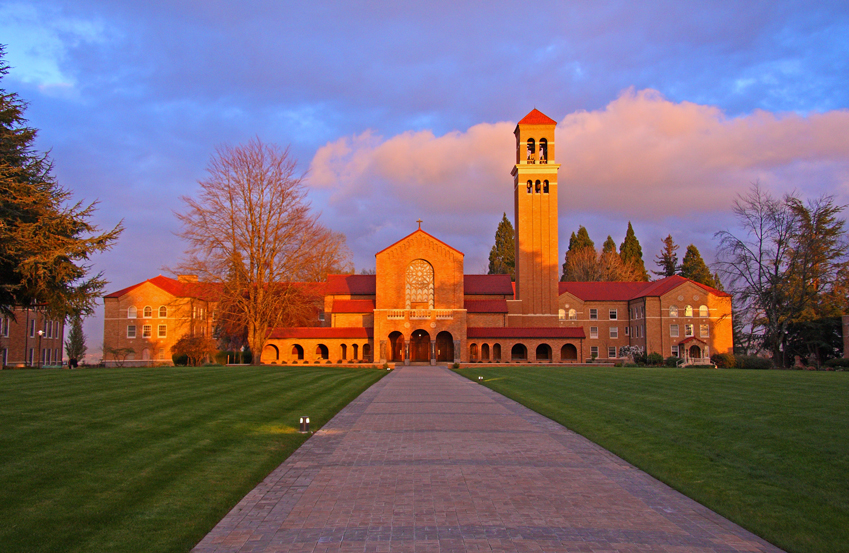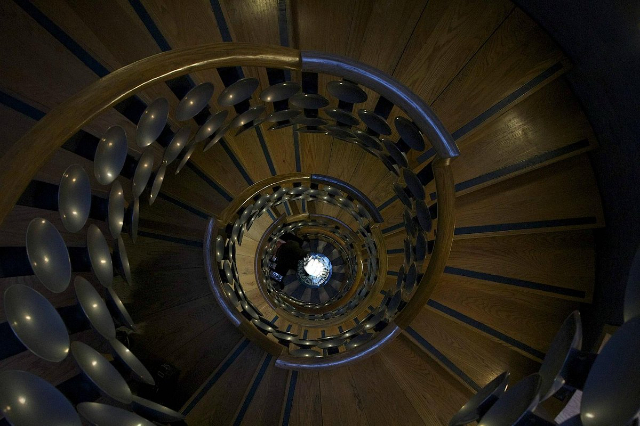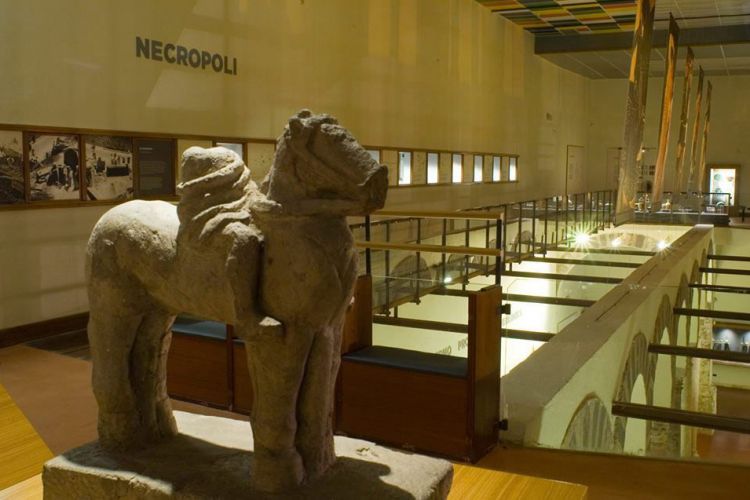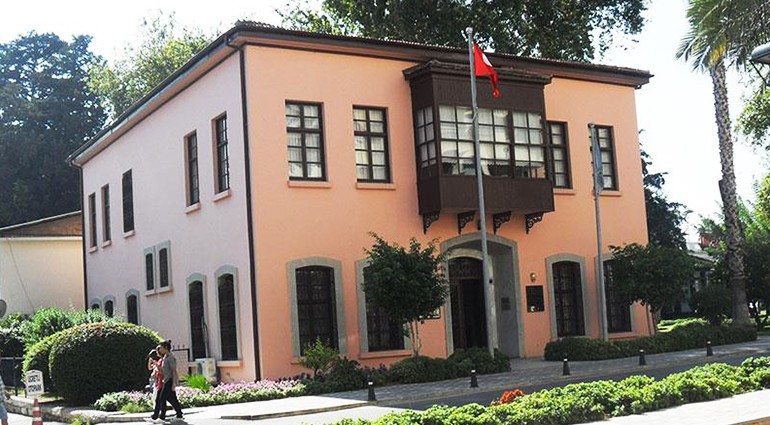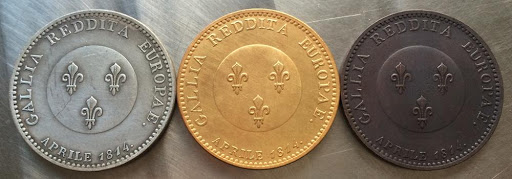The Donizettiano Museum, housed in what was once the Sala del Consiglio della Misericordia Maggiore in Bergamo, was opened to the public in 1906, after the charity had received two important donations: the precious collection of Donizetti’s relics of Baroness Giovanna Ginevra Rota Basoni Scotti and the furnishings of the room in which the composer from Bergamo died, owned by Cristoforo Scotti, who hosted the sick musician in the last years of his life.
Access to the splendid central hall of the Museum, in neoclassical style and frescoed by Vincenzo Bonomini, is through an atrium that shows, along the perimeter walls, a gallery of portraits of musicians by the great 19th century Bergamasque painters.
The itinerary inside the Museum includes several itineraries: numerous paintings (by Diotti, Villosi, Coghetti) decorate the walls and allow to continue the reading of the local portraiture begun in the atrium; musical instruments offer a small but significant cross-section of the evolution during the 19th century; personal testimonies retrace the biographical and artistic events of Gaetano Donizetti; documents and iconographic representations reconstruct the context of the theatres, the impresarios, the performers in which the composer worked and in which his fame was consolidated after his death.
A short visit itinerary can therefore follow the life of the master from birth, continuing with the writing of the first school exercises written until 1815 under the guidance of his teacher Giovanni Simone May.
Numerous objects of use belonged to the master, such as his travel necessaire and the Turkish pipe received as a gift from his brother Giuseppe and, in the second room, the bed and armchair used by Donizetti during his long illness.
Various testimonies document the myth that accompanied the composer in life and after death.
